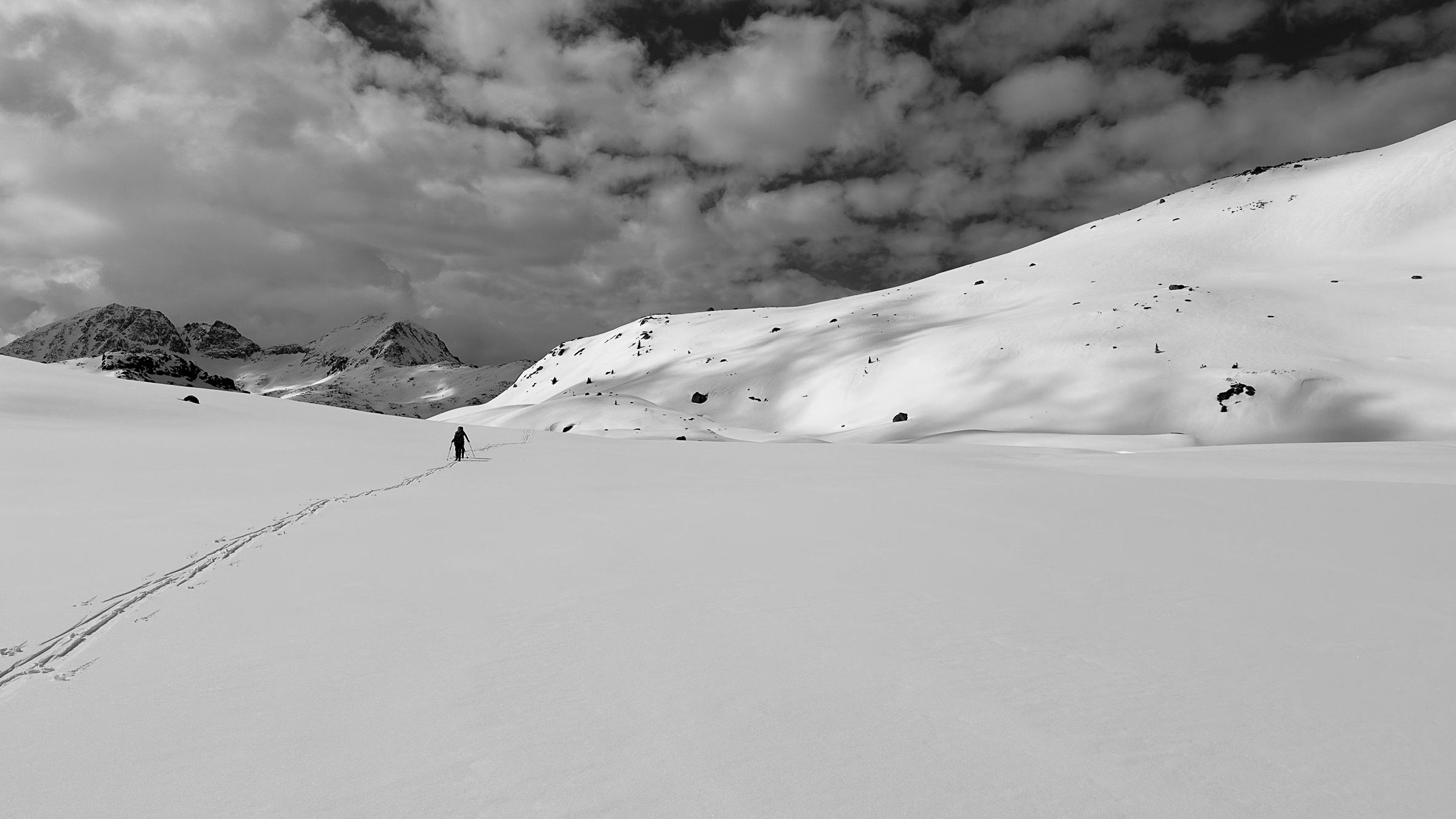In part one of this series, Morgan Coney presents some basics in “Backcountry Skiing and Menstruating.” As the new week begins, part 2 provides information on hygiene and more beta for how the non-menstruators out there can support the menstruators.
****
Backcountry Strategies: Staying Clean
Staying clean while winter camping is challenging, whether or not you menstruate, but it’s essential for our health and safety. Always wash your hands when using a cup or a tampon (especially without an applicator). Soap and water are best, but you can use hand sanitizer in a pinch; make sure it dries before touching your body!
Soap
I keep a small container of liquid soap in my chest pocket. I have too much anxiety to put myself in a situation where there is time pressure to thaw my soap. That’s a no for me, folks. I’ve also seen success using bar soap for a winter trip. No stress about keeping it from freezing!
A small canvas bag or hard-sided container is helpful to hold the bar soap and contain any mess, though this option is a little bulkier.
Gloves
You can also throw a couple of extra latex gloves in your first aid or dopp kit. Use them to insert a cup or tampon in a pinch if you can’t clean your hands, but I don’t love relying on this option because of the waste.
Wipes
Wipes can be a useful addition, but they are essentially mini wet towels, meaning they will freeze. If you are on a multi-day trip, you may need to sleep with the wipes or keep them in an inside pocket—this is where drop pockets come in handy. Otherwise, you’ll just be carrying around a big frozen puck, and that’s not very useful. Whether you use baby wipes or specific “feminine hygiene” wipes doesn’t matter much. Look for unscented wipes and only use them on exterior genitalia, i.e., no need or benefit of putting a wipe inside your vaginal canal. Even if marketed for the vulva or vagina, that’s all it is—marketing. Products marketed as “freshening” are often unnecessary, and sometimes they CAUSE irritation. Vaginas don’t need to be freshened!
If you don’t want to deal with the defrost cycle or the garbage, you can also use water and unscented soap to wash your genitals.






Leave a Reply
You must be logged in to post a comment.